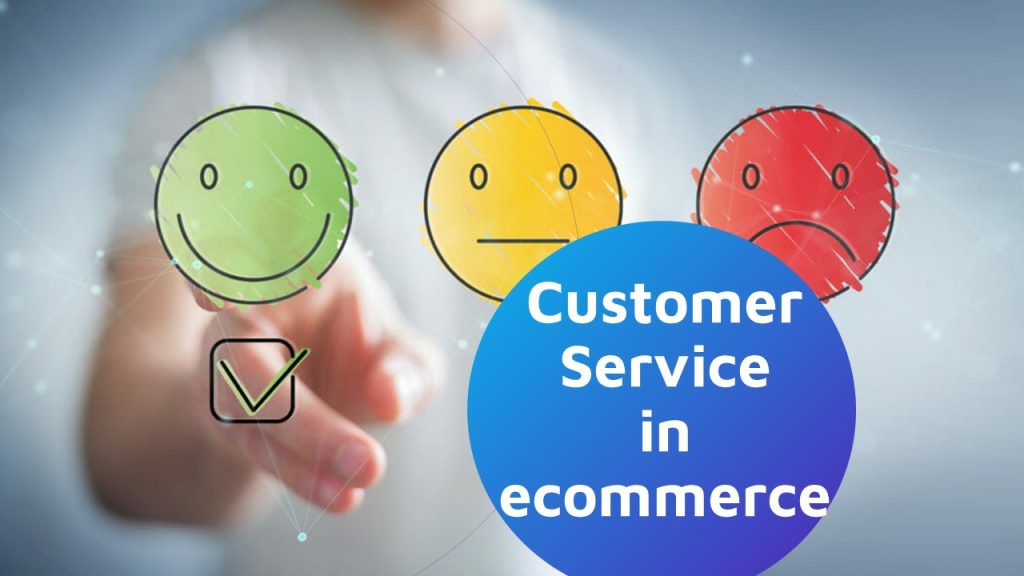
Brand blunders are a big thing, at least for us – brand, product, and marketing lovers. They pass as jokes but hide dramatic stories where tiny mistakes burn entire markets before even stepping foot in them.
There is a large pool of online consumers with an English-speaking global culture full of local variations. But there’s a bigger share of the world’s population who don’t speak more than its native language: a fruitful land waiting to be exploited.
This is why product localization has emerged as a new approach to distant audiences. And understanding the cultural foundations under consumer behavior can make a real difference between a red-carpet reception and a shameful retreat.
First off. What is localization?
In the age of information and the era of the internet, content localization is often seen as a modern or evolved type of translation. However, this falls short to accurately explain what it means to localize content for ecommerce.
Roughly speaking, localization means adapting a product’s presentation to the linguistic and cultural reality of the region where it intends to be sold.
What about product localization?
When it comes to products, localization is adapting their presentation, so they satisfy consumers both in their language and their cultural needs. Why? Because people like to feel understood and, especially, cared about.
You wouldn’t buy a product in a language you don’t understand, right? Now imagine how keen you would be to interact with a brand who doesn’t know the most basic things about you or your culture.
Localization vs globalization
Marketing and advertising are culturally bounded. While brands aspire to reach as many customers in as many places as they can, consumers expect to receive clear information in their language or, at least, in one they can understand. But beyond the spoken and written, there are other cultural elements requiring the same attention, and which draw the fine line between acceptation and refusal.
Localization is what fills the gap between a brand seeking to step foot abroad, and consumers who are unfamiliar with it.
Because ecommerce has blurred borders and somewhat diluted some cultural aspects in the vast ocean of the global world.
At the other end is globalization: a growth strategy followed by brands that once were local businesses and needed to adapt or even remove some of their defining traits in order to create an international brand.
The benefits of good product localization
Localizing your product’s content increases the chances of keeping your viewers’ attention, mostly because it will naturally resonate with their cultural reality. Familiarity creates positive experiences and allows to design effective value propositions adapted to local contexts. Among the benefits and competitive advantages of product localization we find:
- Unexpected insights. Not all consumers operate the same way, have the same expectations, or even the same needs. Nor all products belong everywhere – electric scooters in rainy tropical regions, for example.
- Increased customer satisfaction. It proves you know your target audience and their view of the world (be it through the words they use, units, formats, currency, or colors pallets). Because symbolic associations are unique in every culture and can be a very sensitive matter.
- Phase testing. Start with a product, see the public’s response, and take as much feedback as you can before going all-in. This way, the risk reduction
- Strategic growth. A direct effect of planned testing is the opportunity to take lessons and adapt them to cultural variations. And, more importantly, people will notice you care.
How to apply a product localization strategy?
The example we opened this post with shows some rather apologizing than asking for permission. Indeed, it would be naïf to believe a brand like Mercedes Benz lacks the interest or the resources to foresee the risks of its campaign.
After all, all campaigns have immediate effects in one way or the other. What has been seen can’t be unseen, although it can be censored, which can also give brands an unexpected boost. The inherent risk though is becoming the laughingstock who didn’t bother to understand who they were trying to sell a product to.
The internet research is just not enough to understand the most sensitive aspects within a culture or segment. Ideally, the research phase should always include specifically dedicated interviews to spot the best approaches and the critical things to avoid.

There are other examples in this vein, like Mitsubishi’s Pajero.
Understand local audiences
Users and consumers don’t exist as such. Instead, they are ideal prototypes meant to group a wide variety of consumers with a common need. Furthermore, each one is different, from their literacy and educational level, to their access to the product itself or the situations where it is needed.
Among the things to keep in mind during the ethnographic research are:
- Demographic segmentations. Coming of age, having access to the labor market, or gaining purchasing power, vary from country to country. Think of how the USA allows driving from age 16 but forbids drinking alcohol until age 21.
- Literacy is a critical aspect that will define how a cultural group or segment can be approached. Because a crucial aspect of ecommerce is creating a tone of voice that amazes, empowers and educates at the same time, without undermining the consumer’s self-esteem.
- Aspirations. As we explained on our post about the perception of China and the quality of Chinese products, probably the biggest friction of globalization is how some local cultural elements are blurred in favor of worldwide trends. In many countries this is perceived as a threat to traditional ways of living, triggering or revealing generational and socioeconomical breaches.
- Politics and religion can be the most critical of all, and must be carefully analyzed when aiming at some specific countries.
A common mistake is to believe that localization concerns only words. The truth is localization affects every type of content used for a product’s presentation.
Remember, it is not about the product, but the need and how the solution it provides is perceived.
Thus, product localization includes a broad spectrum of elements, some of which appear more evident than others. For example:
- Language register (slang, technical words,… )
- Colors
- Models
- Measures
- Date and time formats
- Currencies
- Legal
- Political
- Taboos

Tips to effectively localize your product content
Ecommerce has no borders other than those that companies set for themselves – often for cost reasons, or to keep logistics simple. Fewer cases are due to political matters.
- Imitation doesn’t open all doors. While observing local brands (if any) provides very useful insights, it is important to understand the principles behind a practice or a need. There is an answer for each, and the key lies in asking WHY until you reach the smallest particle.
- Dig deep during research. The more you know about your target culture, and every aspect related to it. You can use Google Forms, make conference calls or simple emails, to easily gather information.
- Validate your localized content before launch, just like you would when testing any business idea.
- Consider offering incentives to natives who offer to help you knock walls down.
- Keep a hybrid perspective to remain familiar with your first/immediate audience while you approach new ones. Brands themselves are too a cultural representation, and no cultural group likes to lose them.
- Be extremely wary of automated translation platforms and, if you really have to use one, make sure to have your finals reviewed by a native speaker.
Smoothing out the rough edges
A product localization strategy is mostly a research quest to find the most natural way for your brand to say what defines it, in the most familiar codes of your audience. While globalization has effectively knocked many walls down, culture-protectionist measures are driven by institutions, so languages and cultural principles are not lost. Overcoming this challenging situation can increase a brand’s presence and success, as long as the proper time and resources are invested. And this, again, goes beyond words,
At Content2Sell we know. As product specialists and content creators who have lived and worked in different countries, cultures, and languages, we have learned to listen and understand the sensitive edges in the global world.



